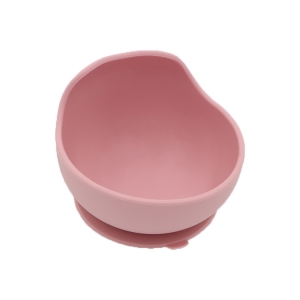Silicone folding bowls vs ordinary silicone bowls: How do technical differences determine applicable scenarios?
Choosing a silicone bowl: The technical details of foldable and regular models hide the tricks of usage scenarios
Silicone bowls (regular vs. collapsible) are both safe and temperature-resistant, so why do some people regret buying them after purchase? Many people make random choices and end up with bowls that either can’t fit in outdoor bags or deform when heated at home. The key is that they don’t understand the 3 core technical differences! A parent-child camping organization in Chengdu encountered problems: they provided regular silicone bowls to 200 families, and 65% of the parents complained that “they can’t fit into children’s backpacks and have to be carried separately,” resulting in a loss of nearly 3,000 yuan from returns and exchanges. It was only after switching to collapsible bowls that they realized: a bowl with a 12cm diameter, thanks to the “circular folding groove + gradient wall thickness” design, can shrink from the size of a fist to the size of an egg (5cm in diameter, 12mm in thickness), reducing the storage volume by 70%, leaving space in the backpack for baby wipes. The regular bowl, with an integrated open mouth, is more suitable for home use as a complementary food bowl, which is convenient for holding porridge and rice paste without spilling.
The folding resistance is vastly different! When mothers take their children out, silicone collapsible bowls are folded 25-30 times a month. High-quality ones use “two-stage vulcanization + anti-tear additives,” and after 12,000 folds, there are no cracks, and the mechanical properties only decrease by less than 5%. Regular bowls, when folded forcefully, can crack after 3 tries by some mothers, trapping oil stains that are hard to clean, so they have to be thrown away.
Want to put it in the microwave? Check the uniformity of wall thickness! Regular silicone bowls have a wall thickness difference of 0.3-0.8mm, resulting in a temperature difference of 30℃ between thin and thick parts when heating food. Some office workers have had small pits formed when heating soup. Collapsible bowls use “mold temperature zone control,” with a wall thickness difference of ≤0.2mm, and a temperature difference of <5℃ when heated at 230℃, making them safe for heating complementary foods and lunch boxes.
Worried about choosing the wrong silicone bowl for your scenario? Click on the online customer service, send your needs, and get help selecting the right model for free! The first 50 consultors will receive the “Silicone Bowl Pitfall Avoidance Guide.” Don’t buy blindly and waste money anymore~
